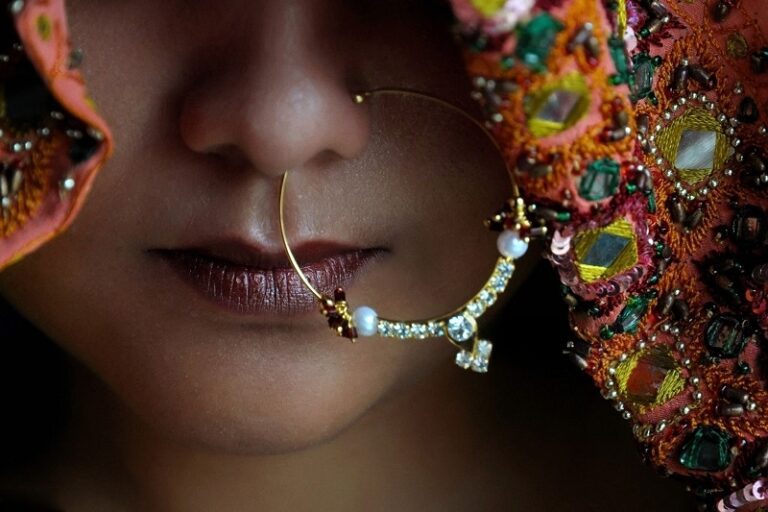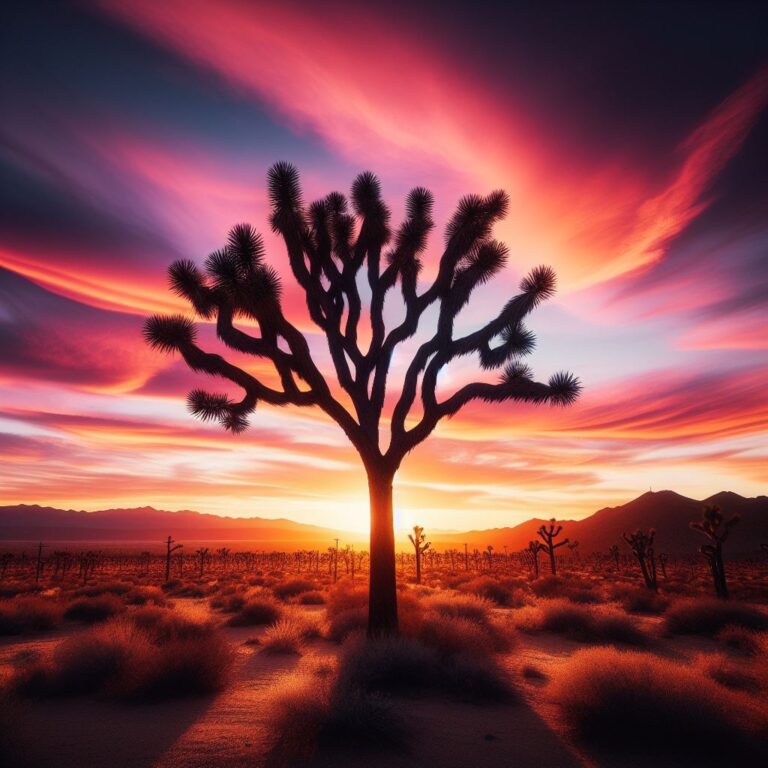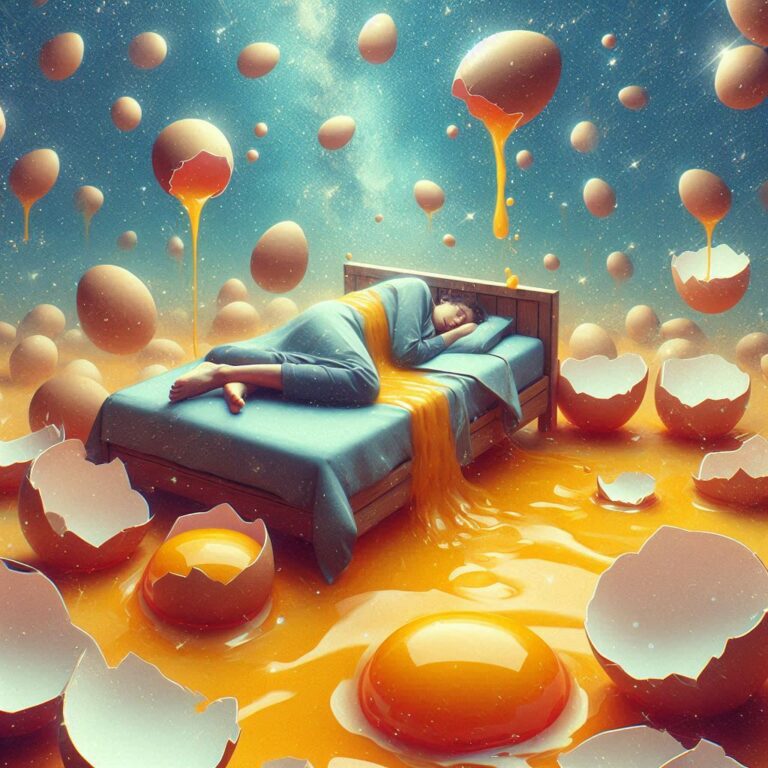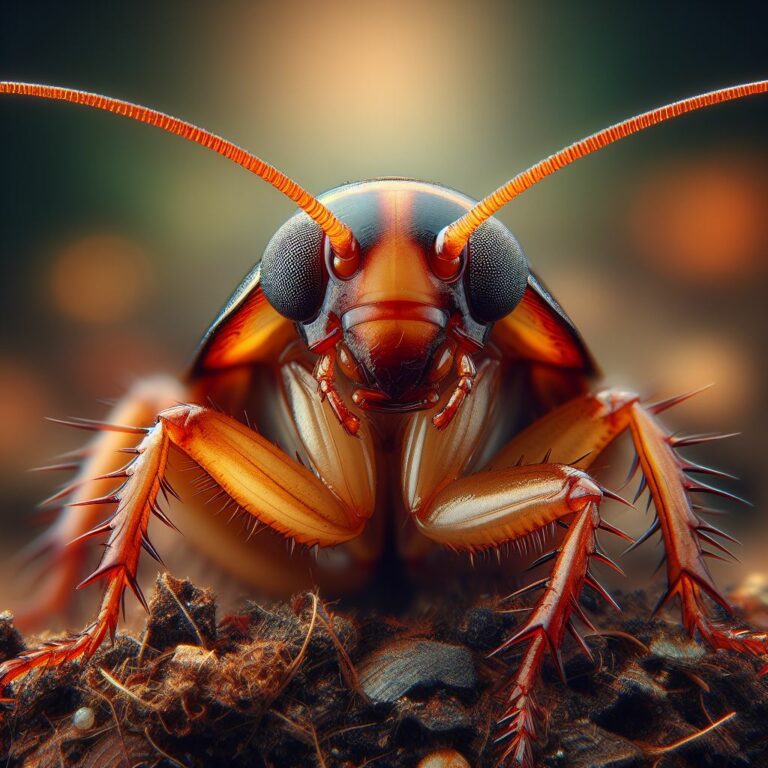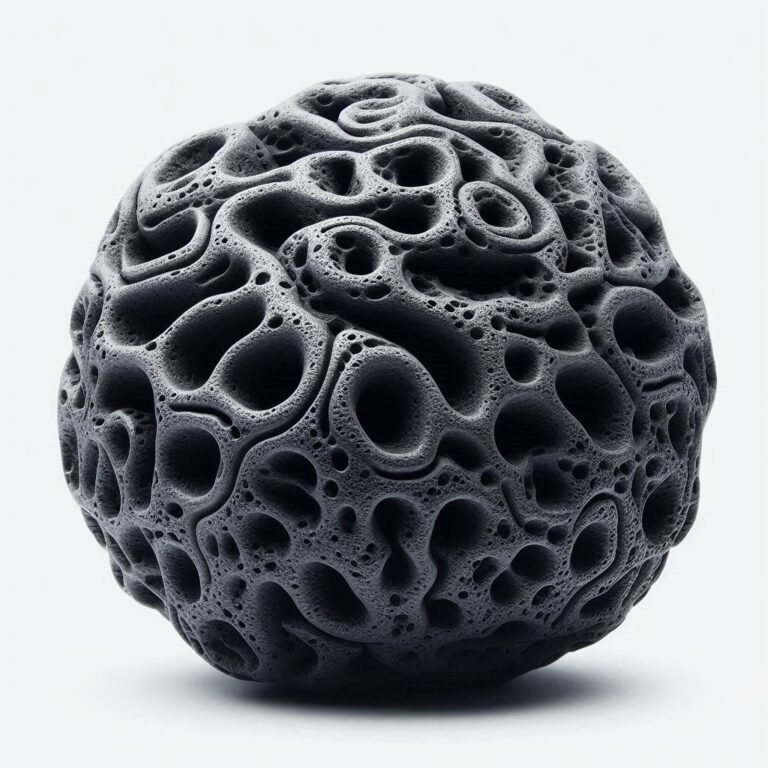Monarch Butterfly: Spiritual Meaning and Symbolism
The sight of a monarch butterfly gracefully fluttering by often evokes a sense of awe and wonder. With its vivid orange wings dotted with black veins and white spots, the monarch is one of the most recognizable butterfly species in North America. But beyond its visual appeal, the monarch butterfly holds deep cultural, spiritual, and symbolic significance.
For many cultures, the monarch butterfly is a powerful emblem of transformation, hope, renewal, and spiritual growth. Its multigenerational migration and metamorphosis from caterpillar to winged beauty has inspired many traditions and beliefs. Understanding the symbolism and meaning behind monarch butterflies provides insight into the human experience and our connection with nature.
Key Takeaways
- The monarch butterfly symbolizes transformation, hope, renewal, and the human soul in many Native American and ancient Mexican cultures.
- Their epic multi-generational migration embodies the cycle of change, metamorphosis, death, and rebirth.
- Monarchs represent the presence of ancestors, soul guidance, freedom, joy, and eternal life in various cultural and spiritual traditions.
- Spotting a monarch signals change is coming, hope after hardship, guidance from spirit, soul rebirth, and spiritual growth.
- Monarch populations have declined over 80% due to habitat loss, pesticides, climate change, and collisions, causing them to be listed as endangered.
- Conservation efforts to protect milkweed habitat, reduce pesticides, increase awareness, and track populations are critical to saving monarchs.
- Beyond being iconic pollinators, monarchs reflect deeper metaphysical truths about change, resilience, and our interconnectedness with nature.

An Iconic Pollinator Under Threat
Before delving into the symbolism of the monarch butterfly, it helps to understand exactly what they are. Monarch butterflies (Danaus plexippus) are a familiar species of milkweed butterfly renowned for their extensive annual migration and metallic orange wings.
Monarchs are found across North America and undertake an epic multigenerational migration every year. In the fall, eastern monarch populations that summered in the U.S. and Canada migrate thousands of miles to overwintering grounds in central Mexico’s Oyamel fir forests. Western monarchs migrate to coastal California.
In early spring, the overwintering monarchs begin the journey north again, laying eggs on emerging milkweed plants along the way. Several successive generations continue the migration north, with the late summer generation flying all the way back to their northern breeding grounds to start the cycle again.
Key Facts About Monarch Butterflies:
- Wingspan: 3.5-4 inches
- Lifespan: 2-6 weeks (except for overwintering monarchs which live 7-8 months)
- Diet: Feed exclusively on milkweed as caterpillars; sip flower nectar as adults
- Migration: Up to 3,000 miles one-way from Canada to Mexico
- Status: Classified as endangered in 2022
However, monarch populations have declined by over 80% in the last two decades primarily due to habitat loss, increased pesticide use, and climate change. Their epic migration and reliance on milkweed plants along their flyway make them especially vulnerable.
In July 2022, the International Union for Conservation of Nature (IUCN) officially classified the monarch as endangered on its Red List of Threatened Species. Conservation efforts to protect and restore habitat are critical to preventing the monarch’s extinction. Their cultural and spiritual symbolism gives added urgency towards preserving this iconic pollinator.
Cultural Symbolism and Meaning
For many indigenous cultures of North America, the monarch butterfly held sacred significance and symbolized the human soul. Ancient Aztec and Nahua legends taught that departed souls took the form of vibrant monarchs after death.
In modern Mexico, the monarch is colloquially called “the soul that returns” in Spanish and their arrival coincides with the Day of the Dead celebrations. For many, the monarch spirits represent deceased loved ones returning to visit.
Native American Traditions
Various Native American tribes also associated the monarch butterfly with human souls and the afterlife. Seeing a monarch flutter by was considered a sign that souls of ancestors were nearby watching over their living relatives.
Monarchs were seen as messengers between this world and the spirit world. Their metamorphosis and migration reflected the phases and journey of life. Just as caterpillars transform into winged adults, the human soul leaves the earthly body after death and transitions to the afterlife.
The Blackfoot tribe viewed butterflies as symbols of change and believed dreams featuring butterflies indicated coming change in life. Spirits were thought to take the form of monarchs to provide guidance regarding life changes.
Eastern Religions
In religions originating from India and East Asia, the monarch butterfly is symbolic of eternal life and resurrection. According to Hinduism and Buddhism, the endless cycle of birth, death, and rebirth is embodied by the monarch’s metamorphosis and migration cycle.
The butterfly’s dramatic metamorphosis from crawling caterpillar to radiant winged insect serves as a visual metaphor for the transformation of the human soul through reincarnation.
Spotting a monarch butterfly after a period of struggle may signal the end of that difficult life phase and promise new beginnings. Just as the caterpillar “dies” to its old life and transforms into the butterfly, so too can we evolve and transform into our best selves.

Common Symbolic Meanings
Beyond specific cultural traditions, the monarch butterfly embodies some universal symbolic meanings and metaphors that span across continents. Here are some of the most prevalent symbolic associations with the monarch butterfly:
- Transformation, Change & Metamorphosis – The monarch’s complete metamorphosis serves as a reminder that change is inevitable. By shedding the old and embracing the new, we too can transform our lives.
- Hope & Rebirth – When monarchs reappear in early spring, they signal renewal and rebirth. Their return symbolizes the persistence of life and gives hope for brightness after periods of darkness.
- Resurrection & Eternal Life – Historically seen as human souls returning back to earth, monarchs remind us of the soul’s immortal nature. Seeing one may indicate you are on the cusp of renewing your own spirit.
- Spirituality & Guidance – Many believe monarch butterflies represent the presence of ancestors or spiritual guides offering wisdom. Pay attention to any intuition or insight that comes while watching their dance.
- Freedom & Joy – Watching the effortless soaring and fluttering flight of monarchs ignites a sense of freedom. They remind us to embrace life’s journey with childlike joy and wonder.
No matter your specific spiritual leanings, the monarch butterfly is a powerful living metaphor for the great mysteries of life – transformation, renewal, the passage of time, and our eternal souls. Paying attention when they appear in your life provides an opportunity for spiritual reflection and growth.
Spotting a Monarch Butterfly: Signs and Omens
Since monarchs are symbolically associated with change, hope, resurrection and spirituality, spotting one has long been considered a spiritual omen indicating you’re on the verge of inner transformation. Here is a look at the different omens associated with seeing a monarch butterfly:
Change is Coming
Given the monarch’s transformation story, seeing one flutter nearby may portend that change is coming soon in your life. Just as the caterpillar radically changes its physical form during metamorphosis, you may be entering a period of transition in your relationships, career, perspectives, or lifestyle.
Stay open to new opportunities and possibilities. The old must fall away to make space for rebirth. Trust in your ability to gracefully handle any changes ahead.
Hope After Hardship
If you’ve faced struggles recently, a passing monarch may signal brighter and better days ahead. Just as monarchs return each spring, new beginnings are on your horizon.
See their presence as reassurance that the trials you’ve endured will give way to renewal. The monarch’s return reflects the resilience of your own spirit.
Soul Guidance is Near
Monarchs serve as messengers between this world and the next in many spiritual traditions. Seeing one may imply that your soul guides and ancestors are close by, offering you comfort, wisdom and guidance.
Pay special attention to any intuitive nudges or flashes of insight that arise in the days after a monarch sighting. This is how spirit communicates guidance to you.
Rebirth of the Soul
Some view encountering a monarch soon after a major life change or milestone as a sign of the soul’s rebirth. Like the caterpillar that dies to its old self in the chrysalis, your soul too may be renewing and regenerating after closing one chapter of your life.
Soul rebirth usually follows an ending or crisis. Seeing a monarch now may affirm that your soul will emerge renewed with greater understanding.
Greater Spiritual Growth
Given their symbolism in Eastern religions, monarch sightings may indicate you are progressing on your spiritual path. Just as the caterpillar transforms into something beautiful, your soul evolution will unfold with grace if you continue on the spiritual journey.
Let the monarch sighting affirm your spiritual aspirations. Continue meditating, listening to your intuition, living ethically, and opening your heart. Spiritual liberation comes from consistent spiritual practice over time.
The shared symbolism of monarchs across cultures and time conveys their spiritual depth. By tuning into your intuition and inner guidance when you see one, profound insight into your life’s direction can emerge.

Conservation Status and Threats Facing Monarchs
Sadly, encountering these majestic butterflies may become increasingly rare in the coming decades. As mentioned earlier, monarch populations have plummeted over 80% since the 1990s due to habitat destruction and increased pesticide use. Their epic migration across continents makes them especially vulnerable.
Major threats to monarch butterflies include:
- Pesticides – Especially glyphosate herbicides that kill native milkweed, the sole food source for monarch caterpillars.
- Habitat loss – Conversion of grasslands and meadows to farmland eliminates native flowering plants and milkweed.
- Climate change – Alters timing of seasonal cycles disrupting migration and breeding. Extreme weather also impacts milkweed growth.
- Vehicle collisions – Millions die each year colliding with cars during migration.
- Predators and disease – contributing factors also impacted by other threats weakening monarchs’ resilience.
In July 2022, the International Union for Conservation of Nature officially designated the monarch butterfly as an endangered species globally. While alarming, this classification also makes funding and focused conservation efforts more likely.
Conservation priorities for saving the monarch include:
- Protecting and restoring native milkweed habitat along migration routes.
- Promoting milkweed and diverse nectar plantings in home gardens, roadsides, parks etc.
- Reducing dependency on herbicide and pesticide use both commercially and residentially.
- Raising awareness about risks to monarchs and how to support them.
- Tracking and studying monarch populations to better understand threats.
- Addressing hazards they face during migration such as vehicle collisions.
The uncertain fate of the iconic monarch butterfly is a reminder that human activities can have grave impacts on other species. Their decline signals wider environmental degradation that ultimately threatens all life, including our own. Reversing the alarming monarch trends will require collective action and shifting agricultural practices and chemical use. Their cultural symbolism demands that we take responsibility for protecting these wondrous creatures.
Spotting Monarchs in Your Garden
By providing suitable monarch habitat, you may have the joy of spotting them more frequently around your own yard and garden. Here are some tips for attracting monarchs:
- Plant native milkweed species that monarch caterpillars rely on such as swamp milkweed, butterfly milkweed, and common milkweed.
- Include clusters of brightly colored native wildflowers that provide nectar for adults like bee balm, coneflowers, asters, and goldenrod.
- Avoid using pesticides, herbicides, and insecticides which are harmful to monarchs and pollinators. Stick to natural gardening practices.
- Provide water sources like shallow bird baths, fountains, or water features. Site them in sunny spots away from predator cover.
- Leave some areas of your yard undisturbed as sheltered butterfly habitat with long grasses and vegetation.
- If monarchs lay eggs on your plants, allow the caterpillars to fully develop into chrysalides instead of removing them.
- Join citizen science efforts to track and monitor monarch populations in your region.
With some simple wildlife gardening practices, you can attract these spectacular butterflies while supporting broader conservation efforts. The sight of monarchs arriving to flutter around your own garden is profoundly gratifying.

Frequently Asked Questions About Monarch Symbolism
What does it mean spiritually when you see a monarch butterfly?
Seeing a monarch butterfly is widely considered a positive spiritual omen representing transformation, hope, guidance from ancestors, and rebirth. Pay attention to any intuition or insight you receive.
Do monarch butterflies symbolize change?
Yes, the monarch’s metamorphosis and migratory life cycle signifies change, transition, renewal, and new beginnings. A monarch sighting suggests change is imminent.
What does a monarch butterfly symbolize in dreams?
Dreaming of monarch butterflies signals that change is coming in your waking life. It reflects a need for transformation and rebirth. Alternatively, it may represent guidance from the spirit world.
What does a dead monarch butterfly symbolize?
A dead or dying monarch butterfly in dreams symbolizes the end of a period of transition and beginning of stability. The dramatic change has already occurred.
Do monarch butterflies represent souls?
In some Native American and ancient Mexican folklore, monarch butterflies were considered the returning souls of ancestors. Their arrival coincided with rituals remembering the dead.
What religion believes butterflies are souls?
The Aztec and Nahua people of what is now central and southern Mexico viewed butterflies as souls of deceased loved ones returning. This belief endures subtly in the Day of the Dead traditions.
What does the monarch butterfly migration represent?
The monarch’s multi-generational migration represents transformation, resilience, and life’s ongoing cycle of change. Their epic journey is mirrored in our own soul evolution.
Why are monarch butterflies important spiritually?
Beyond being beautiful pollinators, monarchs carry deep spiritual symbolism reflecting the mysteries of transformation, rebirth, spirituality, and our eternal souls. Protecting them protects those ideals.
What do monarch butterflies symbolize in Native American culture?
To various Native American tribes, monarchs represented human souls, transformation cycles, and forces of change. Spotting one signaled ancestor guidance.
What does being touched by a butterfly mean?
Having a butterfly gently land on you is considered a sign of exceptionally good luck, an omen of positive change to come, and symbolizes spiritual awakening or transformation.
The Grace and Mystery of Monarchs
The monarch butterfly holds a sense of magic, wonder, and mystery that has captivated people across cultures for millennia. By familiarizing yourself with the symbolism and spiritual meaning behind monarch butterflies, encountering one can become a profound experience.
These striking pollinators serve as reminders to open our awareness to deeper life meaning. Their arrival delivers the hope of renewal we may need during times of struggle. And they affirm that transformation, while often challenging, allows our souls to reach new horizons.
The fragility of monarch populations reminds us that human choices shape the fate of all life on our planet. Each of us has the responsibility to choose lifestyles and actions that preserve the biodiversity and interconnected ecosystems that sustain all creatures great and small.
When next you notice a monarch flutter by, pause to appreciate its bright wings and delicate dance. In its grace, see reflected your own resilient spirit and capacity for transformation. Let its transcendent journey inspire you to grow, change, and spread your own wings. For this is the ultimate gift the monarch offers – to remind us of life’s capacity for beauty, wonder, and renewal.

